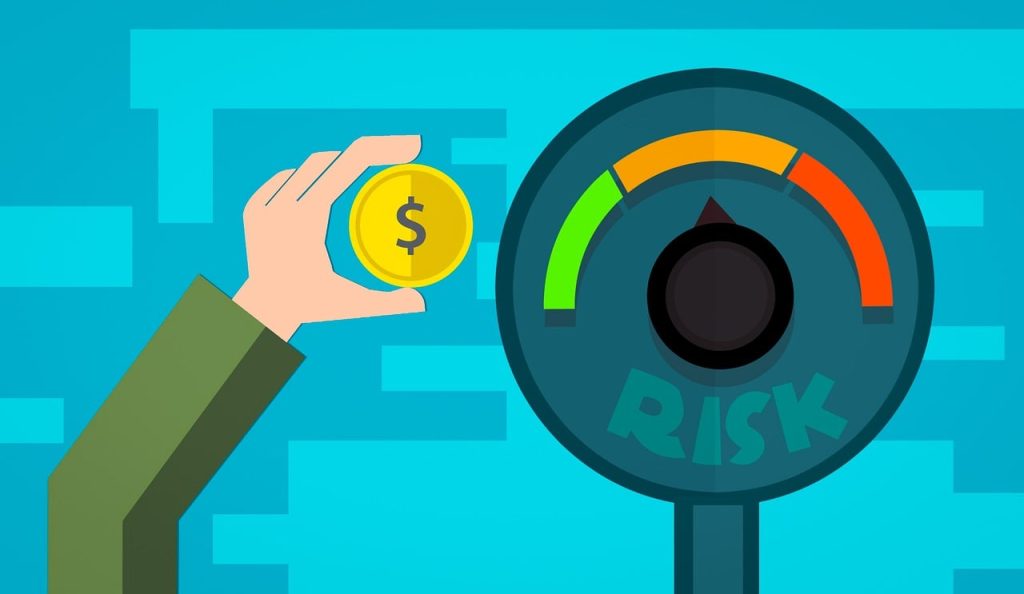The cryptocurrency market, like any other financial market, goes through a series of phases that can provide valuable insights for investors and traders. Understanding these phases – accumulation, markup, distribution, and decline – can significantly improve one’s ability to navigate the volatile crypto market and make more informed investment decisions. In this blog post, we will explore each of these phases in detail and provide some guidance on how to approach them.
1. Accumulation Phase
The accumulation phase is the initial stage of a market cycle, characterized by relatively low prices and minimal trading volume. During this period, informed investors and traders begin to accumulate assets, believing that the market has bottomed out and that prices are poised for an upward trend. This phase typically lasts for an extended period, as the market gradually absorbs selling pressure from disinterested or pessimistic investors.
Approach: Investors should look for signs of accumulation, such as increased trading volume, bullish chart patterns, and positive news catalysts. Fundamental analysis of the underlying project or asset can also help identify undervalued cryptocurrencies with strong potential for growth. Entering the market during the accumulation phase can provide a favorable risk-reward ratio, as investors are buying at relatively low prices.
2. Markup Phase
The markup phase is marked by increasing prices and trading volume, as more market participants become aware of the asset’s potential and jump on the bandwagon. This stage often experiences periods of consolidation, where prices temporarily stabilize before resuming their upward trajectory. Positive news, growing adoption, and favorable market conditions can further fuel the price increase during this phase.
Approach: During the markup phase, investors should focus on maintaining a disciplined approach to their investments, utilizing strategies such as dollar-cost averaging or position sizing to manage risk. Technical analysis tools, such as moving averages and trend lines, can be helpful in identifying entry and exit points. It’s essential to remain vigilant for signs of exhaustion or overvaluation, as the market can turn quickly.
3. Distribution Phase
The distribution phase occurs when the market reaches a peak, and informed investors begin to sell their positions, locking in profits. This phase is characterized by heightened volatility, as market participants become increasingly divided on the future direction of the asset’s price. The distribution phase often includes periods of price stagnation, followed by sudden sell-offs, indicating that selling pressure is beginning to outweigh buying demand.
Approach: Investors should be cautious during the distribution phase, as the market can quickly shift from a state of euphoria to panic. Utilizing stop-loss orders and profit-taking strategies can help protect gains and limit downside risk. It’s crucial to monitor market sentiment, technical indicators, and fundamentals for signs of a potential trend reversal.
4. Decline Phase
The decline phase, also known as the markdown phase, is the final stage of the market cycle, characterized by falling prices and trading volume. As selling pressure intensifies, the market enters a downtrend, with pessimistic investors and traders driving prices lower. This phase can be prolonged and painful for those who fail to recognize the shift in market dynamics and continue to hold onto their positions.
Approach: During the decline phase, investors should focus on preserving capital and avoiding the pitfalls of emotional decision-making. Short-selling strategies and inverse investment products can be utilized to profit from falling prices. It’s important to remain patient and wait for signs of a new accumulation phase before re-entering the market.
Conclusion
Understanding and navigating the different crypto market phases can greatly improve one’s investment success. By recognizing the signs of each phase and adapting one’s strategy accordingly, investors can minimize risk and maximize returns in the ever-changing world of cryptocurrencies.




